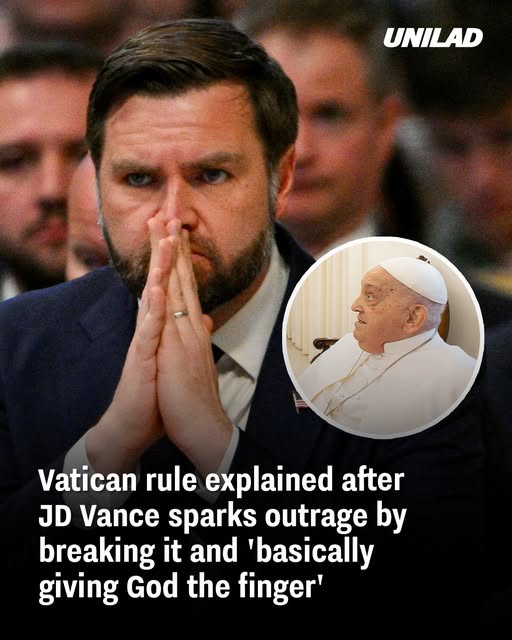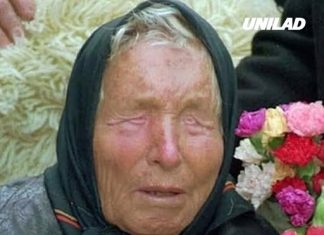During a recent visit to the Vatican, U.S. Vice President J.D. Vance sparked controversy by sharing a photograph taken inside the Sistine Chapel—a location where photography is strictly prohibited. The image, depicting Vance and his son admiring Michelangelo’s famed ceiling frescoes, was captured by official White House photographer Emily Higgins and later shared online by conservative activist Charlie Kirk. This act has drawn criticism from many who view it as a breach of Vatican protocol and a sign of disrespect.
The Vatican’s Photography Policy
The Vatican Museums maintain a clear and longstanding policy regarding photography within the Sistine Chapel. According to the official guidelines, “In the Sistine Chapel it is forbidden to take photographs or films with any type of electronic equipment.” Visitors are also expected to maintain silence and refrain from using mobile phones, emphasizing the chapel’s sanctity and the preservation of its priceless artworks. These rules are not arbitrary; they aim to protect the delicate frescoes from potential damage caused by camera flashes and to maintain an atmosphere of reverence. Guards are authorized to request the immediate deletion of any unauthorized photographs or videos taken within the chapel.

Public Reaction and Criticism
The release of the photograph led to swift backlash on social media platforms. Critics accused Vance of disregarding the Vatican’s rules and showing a lack of respect for the sacred site. One user commented, “Taking this pic is basically like giving God the finger,” while another stated, “No photography allowed in the Sistine Chapel.” The controversy intensified due to the timing of the visit, which occurred just before the death of Pope Francis. Some viewed the act as particularly insensitive, given the solemn circumstances.
Precedents and Permissions
While the Vatican’s rules are strict, there have been instances where exceptions were made for official visitors. For example, in 2009, former First Lady Michelle Obama was photographed inside the Sistine Chapel during a private tour. However, such exceptions are rare and typically require prior authorization. In Vance’s case, it remains unclear whether special permission was granted for the photograph. The Vatican has not issued a statement regarding the incident, leaving questions about the adherence to protocol unanswered.
Broader Implications
This incident highlights the challenges public figures face in balancing personal experiences with respect for cultural and religious norms. It also underscores the importance of adhering to established protocols, especially in settings of significant historical and spiritual importance. As debates continue over the appropriateness of Vance’s actions, the situation serves as a reminder of the need for cultural sensitivity and respect for traditions, particularly when representing a nation on the global stage. In summary, Vice President J.D. Vance’s photograph inside the Sistine Chapel has ignited discussions about respect for religious sites, adherence to established protocols, and the responsibilities of public officials. The Vatican’s response, or lack thereof, may further influence the discourse surrounding this event.

Conclusion
The controversy surrounding Vice President J.D. Vance’s photograph inside the Sistine Chapel underscores the delicate balance between personal expression, political symbolism, and cultural respect. While the image may have been intended as a candid, heartfelt moment between father and son, its setting within one of the world’s most sacred spaces raised valid concerns about the observance of long-standing traditions and rules. Whether or not special permission was granted, the lack of clarity has only fueled public criticism and debate. Ultimately, this incident serves as a poignant reminder that even well-intentioned actions can carry significant cultural weight—especially when undertaken by public officials representing an entire nation. Respecting established customs, particularly in spaces of spiritual and historical reverence, is essential not just for diplomacy, but for preserving the shared human legacy these sites embody.

















